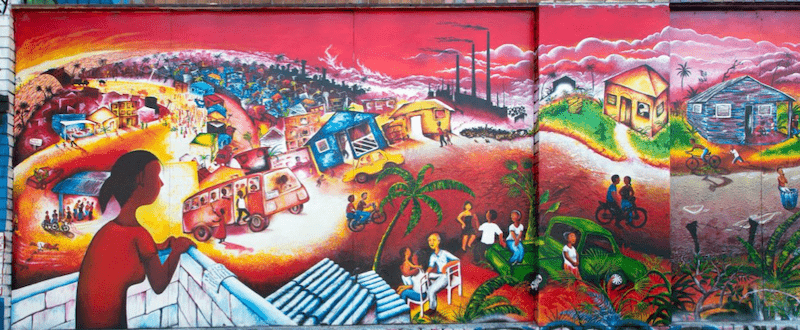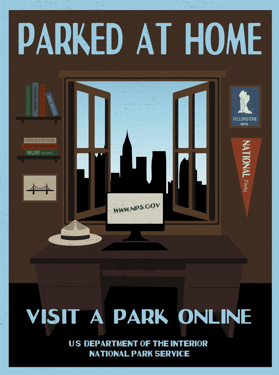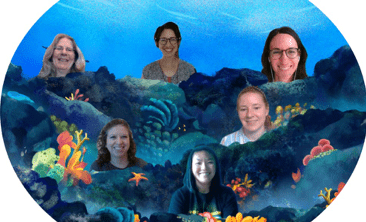Immersed in Intangibles
Written by: Jade Ryerson

The National Park Service (NPS) is responsible for preserving and protecting America’s natural and cultural resources. But in addition to its stewardship, the agency plays a key role in keeping the nation’s intangible heritage alive. Intangible heritage includes the memories, meanings, and cultural practices associated with the physical resources.
As a summer intern with the Cultural Resources Office of Interpretation and Education (CROIE), my job is to translate some of the nation’s intangible heritage—its stories—into digital content for NPS.gov. Although the codes and files associated with the website’s infrastructure have to be physically stored on a server somewhere, the website seems pretty intangible to me. The fact that I am teleworking only further reinforces that.

For instance, without a government login, I can’t access the agency’s VPN to ‘build’ any of the webpages on the site’s Content Management System (CMS) myself. (This also means that my emails don’t always make it through the firewall and sometimes go straight to junk mail.) It’s definitely an interesting aspect of the job since I’m experiencing the website the same way that my public audience is.
Although I can’t access CMS myself, I’ve learned a lot about user experience and the way the system works thanks to the mentorship of others in CROIE who write and ‘build’ digital interpretive resources for NPS.gov. Throughout the project, it’s been essential for me to keep the relationship between form and content in mind to ensure the end product will be buildable. Working around the constraints of the CMS system has become one of the most interesting and challenging parts of the project. While I’m used to writing for the public, I haven’t had to do much designing. But now I find myself thinking about the webpage’s length, density, and images—not just the word count or reading level of the written copy. Thinking about the ‘Pathways’ holistically has been a good reminder that although many parts of the project are left to my discretion, everything should ultimately meet the needs of the public.
But working with the Web isn’t all bad. It still amazes me that the wonder of America’s special places can be at anyone’s fingertips—at least as long as they have an Internet connection. In addition to this rewarding aspect of doing digital public history, the Internet makes my internship possible. Since CROIE works exclusively with digital resources to prepare readers for in-person visits or armchair expeditions, we’re well-aware of the powerful way technology can transport you to faraway places. Just take our digital workplace on Microsoft Teams for instance. I just hope that the ‘Pathways’ guides can be as transformative for the public’s ability to access and engage with America’s intangible heritage.

